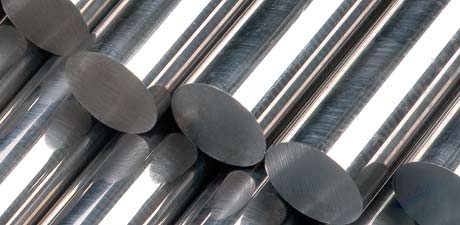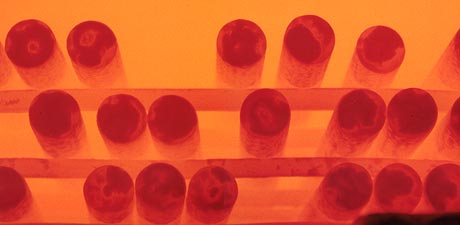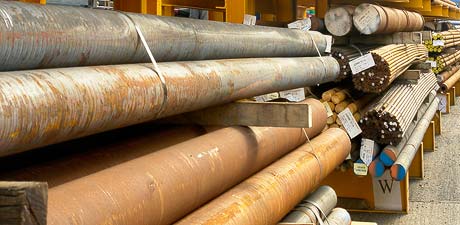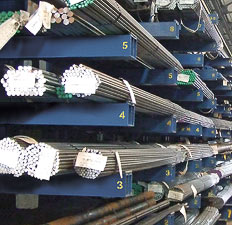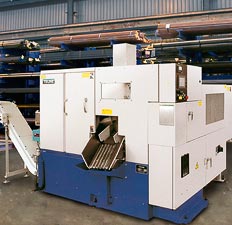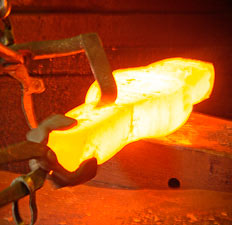Technical Data
Metallurgical Terms
Elastic Limit.
The highest stress that can be applied to a metal without producing a measurable amount of plastic (i.e., permanent) deformation. Usually assumed to coincide with the limit of proportionality.
Elasticity.
The tendency of a body to return to its original size and shape, after having been stretched, compressed or deformed. The ratio of the stress called into play in the body by the action of the deforming forces to the strain or change in dimensions or shape is called the coefficient or modulus of elasticity.
Electric Steel.
Steel made by one of the electric processes where the heat required for melting the steel is provided either by an electric arc, usually made to pass between the metal itself and a carbon electrode, i.e., the arc process, or by eddy currents induced by a high frequency current. In each process the furnace lining may be either acid or basic.
Electrolytic Polishing.
An anodic treatment carried out in various electrolytes over a range of temperature and current density producing a brightly reflecting surface. Very useful for producing a bright smooth surface on intricate components, and for preparing laboratory specimens for microscopical examination.
Electron Microscope.
An instrument for the examination of structures, the details of which are too fine to be resolved by the use of either visible or ultra-violet light. A stream of electrons and an electromagnetic field replace the light rays and optical lenses of the ordinary microscope.
Electroslag Melting.
(Electroflux Melting). A remelting process in which an electrode is melted by the heat generated in a conducting slag contained in a water cooled mould. Molten metal passes through the slag to form an ingot. Some refining of the metal can be achieved by choosing slag of appropriate composition, but the ingot is of approximately the same condition as the electrode.
Elongation.
(a) The total extension produced in a tensile test and determined after fracture by holding the pieces of a fractured tensile test piece together and measuring between pop marks applied before starting the test. It is a measure of ductility and is expressed as a percentage of the original gauge length which should also be given. The international standard gauge length is 5.65√ So, where So is the cross sectional area of the test piece.
(b) The extension produced, for example, in rolling.
End Quench Test.
(See Jominy Test).
Endurance Limit.
In fatigue testing, the value of the applied alternating stress which will produce fracture after a given number of reversals (Cƒ. Fatigue Limit).


